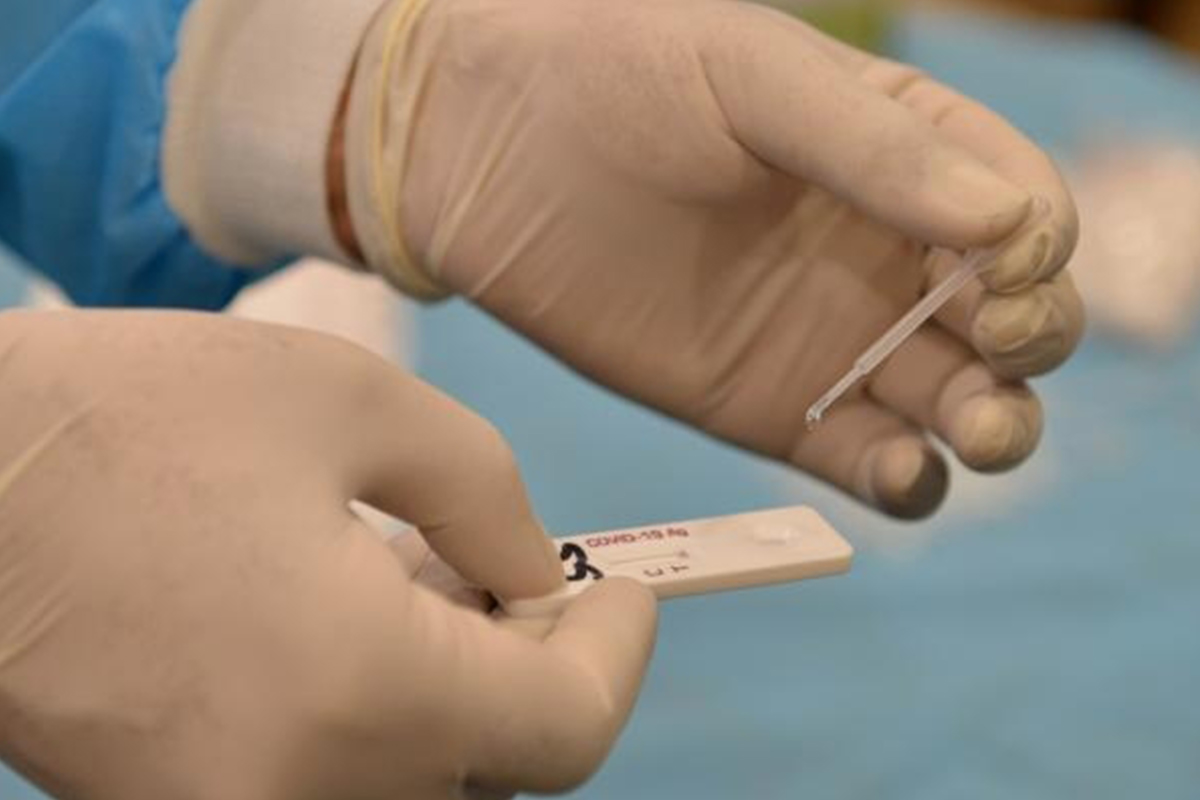Odisha largely free from caste, religion resonance in electoral politics
Caste calculation, religious affiliation has never emerged as a tool to woo voters.
While 62 tribal groups reside in Odisha, 13 of them are recognised as PVTGs. 2011 Census, Odisha’s share of the country’s total tribal population was 9% as per the 2011 census. Tribal settlers comprised 22.85% of the State’s population.

Photo: IANS
As reports of particularly vulnerable tribal group (PVTG) natives, ensconced along the remotest hilly and forested tracks, shying away from adhering to COVID-19 protocol and receiving vaccine jabs trickle in, the State government has decided to provide wage compensation award of Rs. 100 per day for 14 days to all PVTG infected person for home-isolation confinement.
The Scheduled Caste and Scheduled Tribes Department of the government in a notification has announced Rs 1,400 wage compensation award for each of home-isolated PVGT Covid patients. Furthermore, a health kit worth Rs. 2500 will be provided to every family of infected PVTG households as the government has rolled out the COVID-19 management strategy for PVTGs.
The government’s cash compensation scheme which is intended to encourage infected persons in PVTGs to undergo home isolation comes in the wake of these demographically vulnerable and endangered tribal settlers increasingly getting infected with the deadly virus.
Advertisement
Of the 13 PVTGs, COVID-19 infection has so far sneaked into mainly the villages of Dongria Kondh, a particularly vulnerable tribal group (PVTG), residing in Niyamgiri hill range of Odisha’s Rayagada district.
Besides Bonda and Juanga communities, both PVTG groups in Malkangiri and Juanga in Keonjhar districts have got infected, thus becoming a major cause of other of the local administrations.
The Dongria Kondhs in Niyamgiri hill range of Odisha’s Rayagada district are the worst affected among the PVTGs with over 80 members of Dongria Kondh community contracting coronavirus in last one week
“After much persuasion, the administration had managed to subject the Dongria Kondhs to COVID tests. Initially, they were reluctant for the test. The disturbing trend has emerged from the test reports particularly in Gandili village in Bissam Cuttack block where the test positivity rate stood at 75%. Of the 62 samples tested, as many as 46 were detected positive”, said Rayagada district collector, Saroj Kumar Mishra.
The COVID situation is also equally alarming in K. Bondili village where 16 out of 58 samples were detected COVID positive, he added.
Those tested positive are asymptomatic. The local authorities had a tough time persuading them to remain in home isolation. We could manage to isolate them from the rest of the community members, he concluded.
The district administration in respective districts has been directed to carry out door-to-door surveys in all PVTG habitations. Those who would be engaged in the survey would be provided health kits. In next five days, we will have a clear picture about level infection among PVTGs,” said P Arthanari, Project director of Odisha PVTG Empowerment and Livelihood Improvement.
While 62 tribal groups reside in Odisha, 13 of them are recognised as PVTGs. 2011 Census, Odisha’s share of the country’s total tribal population was 9% as per the 2011 census. Tribal settlers comprised 22.85% of the State’s population.
The 13 PVTG settlers in Odisha are Birhor, Bonda, Chuktia Bhunjia, Didayi, Juang, Kharia, Dongria Khond, Kutia Khond, Lanjia Saora, Lodha, Mankidia, Paudi Bhuyan and Saora. Earlier identified as Primitive Tribal Groups (PTGs), they were later re-designated as Particularly Vulnerable Tribal Groups (PTGs) for the purpose of receiving special attention for their all-round development. However notwithstanding umpteen government schemes to bring these backward and impoverished groups to the fold of mainstream, it has failed to yield the desired results.
Advertisement